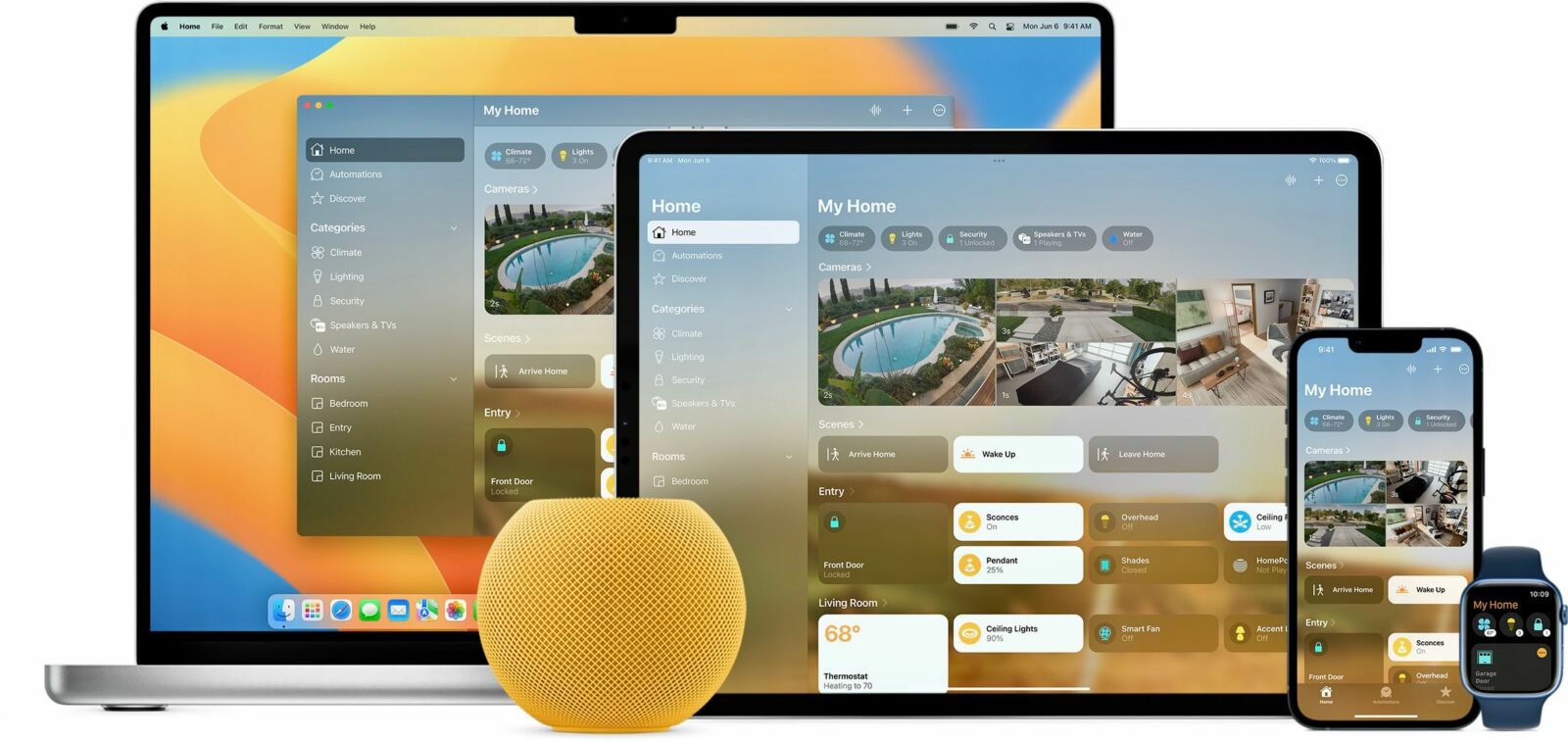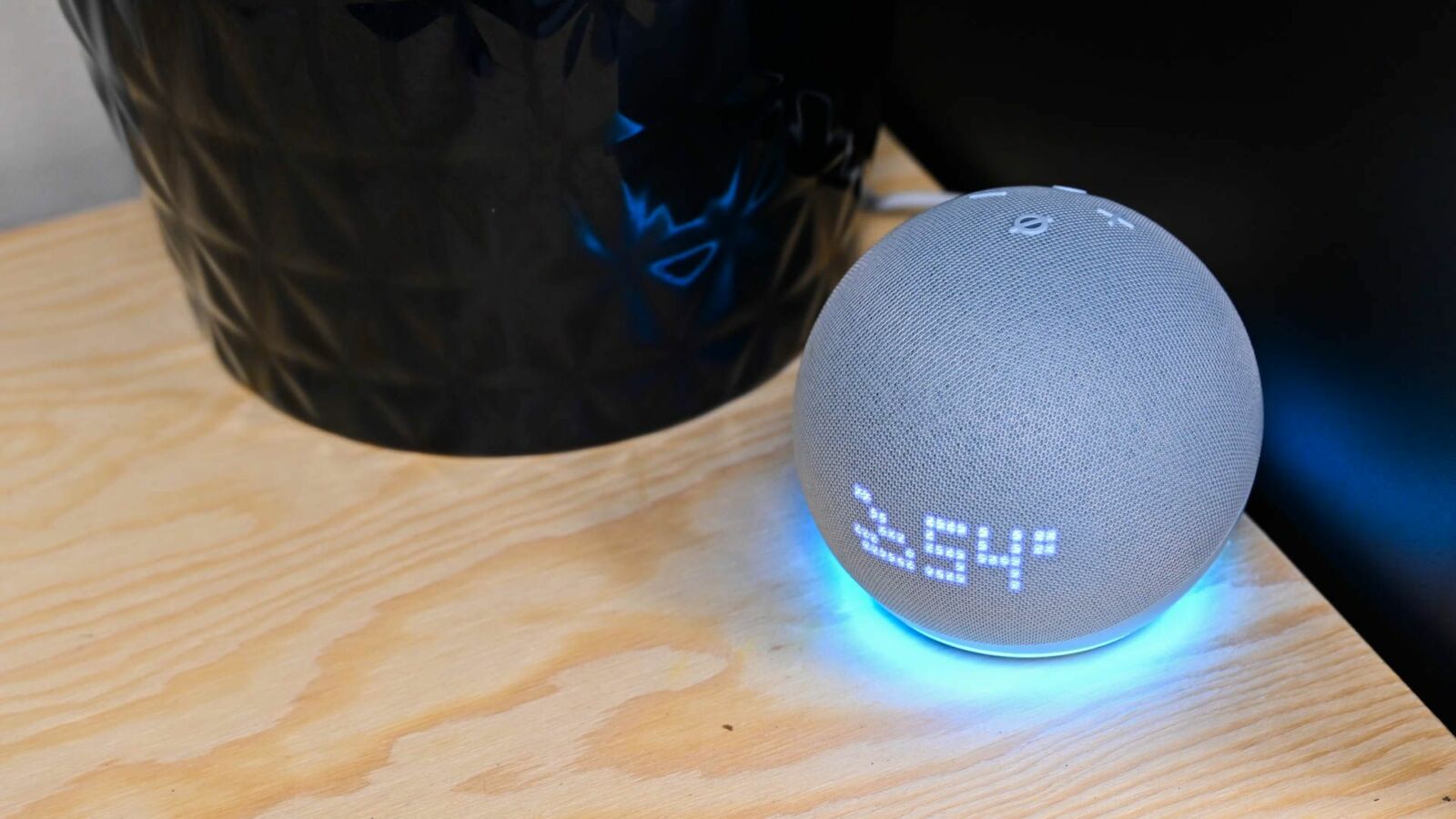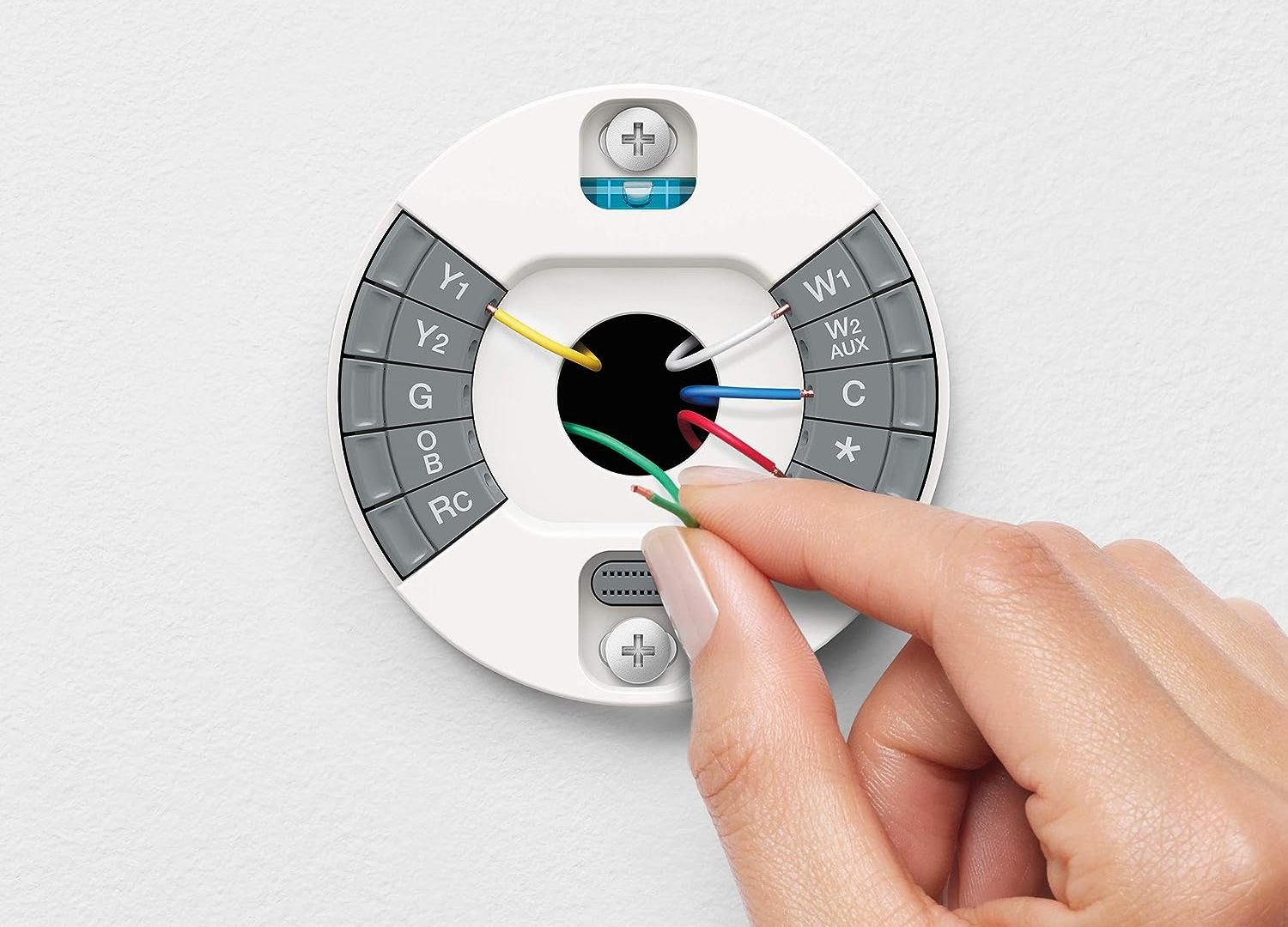10 Mistakes to Avoid When Planning a Smart Home
Build your smart home the right way.
Quick Links
- Not Setting a Budget Before Starting
- Overlooking Your Wi-Fi Network Capability
- Buying Only the Cheapest Smart Home Devices
- Not Selecting a Smart Home Platform Before Starting
- Trying to Turn Your Entire House Into a Smart Home
- Not Using a Smart Speaker
- Not Using a Consistent Naming System for Your Devices
- Selecting Smart Home Products You’re Not Comfortable Installing
- Ignoring Device Firmware and Companion App Updates
- Not Planning So Everyone in the Home Can Use the Products
Building a smart home from scratch can be a daunting proposition, especially if you’re new to the technology. Today we’ll look at some of the mistakes you’ll want to avoid when planning your smart home, so you can be better prepared.
Not Setting a Budget Before Starting
This first mistake should be an obvious one, but if you’re just starting out with smart home technology it’s crucial to create a budget. It’s been great to watch smart home technology mature and become more accessible. You can probably find the device you’re looking for—like a smart lock—in multiple price ranges.
Set a budget so that you have a better idea of how much technology you can add before getting started. Doing that will also help set your expectations on what to expect. If you’re willing to pay for it, there is some truly wild and futuristic smart home technology. But more than likely, newcomers will just want a taste of how a smart home can change their day-to-day routine.
Overlooking Your Wi-Fi Network Capability
A Wi-Fi connection is a vital part of any smart home. While some devices use other communication protocols like Bluetooth, Zigbee, or device-to-device connectivity via Thread, Wi-Fi ties everything together. And the more smart home technology you add, the more strain you will put on your existing wireless network.
If you have many dead, or slow, spots around your home, that likely means that your smart home devices will have issues. A strong wireless signal is especially vital for whole-home coverage, particularly when it comes to devices like video doorbells which may exist at the edge of wireless range.
To improve your Wi-Fi signal, you can take a look at upgrading to a mesh Wi-Fi network that will provide a strong signal everywhere around your home. A Wi-Fi extender is also valid choice. Find out the difference between a mesh network and an extender so you can make the best decision for your budget and situation.
Buying Only the Cheapest Smart Home Devices
While you should create a budget when looking to start a smart home, you shouldn’t always default to the cheapest device for a few reasons. Less expensive devices can often have reliability issues, shorter warranties, and inferior technical support. They also often have fewer integrations with other smart home devices.
Depending on the smart home device, there will likely be a mid-tier solution that provides exactly what you need and that will hold up over time without blowing the budget.
Not Selecting a Smart Home Platform Before Starting
Another major question you should answer before you start building a smart home is what platform you want to use. There are three major platforms currently available to select from: Apple HomeKit, Amazon Alexa, and Google Home.
Selecting a smart home platform is a major choice as the platform will be used to control and interact with devices from different manufacturers. A smart home platform can also tie together different devices with automation and voice control. You should pick a platform to start with and stick with that choice. That will help prevent frustration and cost overruns down the road.
Each of the major platforms has advantages and disadvantages, so make sure to find the best one for your home. While the Matter protocol is slowly, but surely, changing smart home technology by acting as the glue that ties various ecosystems together, it’s best to start with a single smart home platform. Much of the time, this will depend on the devices you already have.
Trying to Turn Your Entire House Into a Smart Home
Creating an entire smart home might be overwhelming and quickly turn into a very expensive project. But instead of worrying about adding technology to your entire home, try starting your smart home adventure with just a single room.
There are a few reasons to start slow. You won’t be overwhelmed by the technology and all of its different capabilities. It also allows you to start with very simple smart home devices like smart bulbs and smart plugs so you can get more familiar with the technology and how to best use it. After starting with just a single room, you can branch out to other areas in your home and upgrade network infrastructure as necessary.
Not Using a Smart Speaker
While a smartphone is a great way to control smart home technology, a smart speaker is an essential part of any smart home. Many smart home commands, like turning off a light or unlocking a door, take just a few seconds. You don’t want to always have to carry around a smartphone to do those simple tasks. With a smart speaker and a simple voice command, you can interact with all of your connected devices.
The good news is that each of the three major smart home platforms has a smart speaker that can be used to control smart home devices. Amazon Alexa can be used with a wide variety of Echo smart speakers. The Echo Show line even has a touchscreen. Google Home has both audio-only and touchscreen options. Apple HomeKit and Siri are limited to the HomePod and HomePod mini.
Not Using a Consistent Naming System for Your Devices
After starting with a single room, you might want to add smart home devices to other parts of your home. When doing that, always make sure to use a consistent naming system. Having consistent names is important for many reasons.
This makes controlling different devices and creating unique automations easier when trying to tie everything together using your smart home platform. When issuing a voice command to a smart speaker, you’ll want to remember the difference between your living room and bedroom.
Selecting Smart Home Products You’re Not Comfortable Installing
Simple smart home products, like a smart plug or smart bulb, take just a few minutes to get up and running. But when taking your smart home to a new level, there are a wide variety of other devices to choose from like smart thermostats and smart locks.
Before any purchase, make sure you’re comfortable installing the product. Something like a smart thermostat requires a few tools like a drill and at least some DIY knowledge. You can always hire a professional to install the products, but factor in the increased costs involved in doing so (sometimes as much as the device itself).
When picking your next device it’s a good idea to head to a manufacturer’s site and read about the installation process.
Ignoring Device Firmware and Companion App Updates
Just like any technology, smart home devices often ship with bugs and other issues. That’s why it’s vital to check for firmware updates and apply them regularly. Depending on what the product is, there might be different ways to do that. But usually, it’s through the companion smartphone app. Along with squishing bugs, firmware updates can often also bring new features to smart home devices.
Companion apps are a major part of the smart home experience, so be sure to keep these apps updated as well.
Not Planning So Everyone in the Home Can Use the Products
If you live with others, always make sure to take into consideration what they want and how they might use smart home technology. This is especially true if your housemates are tech-adverse. It’s a good idea to keep them informed of what you’re installing and then show them how to use the devices.
A smart speaker is a great way for everyone to interact with your smart home. If you have a larger budget, you might even consider purchasing a smart home control panel, like the Amazon Echo Hub. A control panel can be mounted on the wall, or placed in a location with high traffic so anyone can control smart home devices with just a few taps.
While it takes some time, and money, creating a smart home is worth it. Hopefully, that process will be just a bit easier if you avoid these mistakes.
“Tech Bargains Galore: Where Innovation Meets Affordability!”











